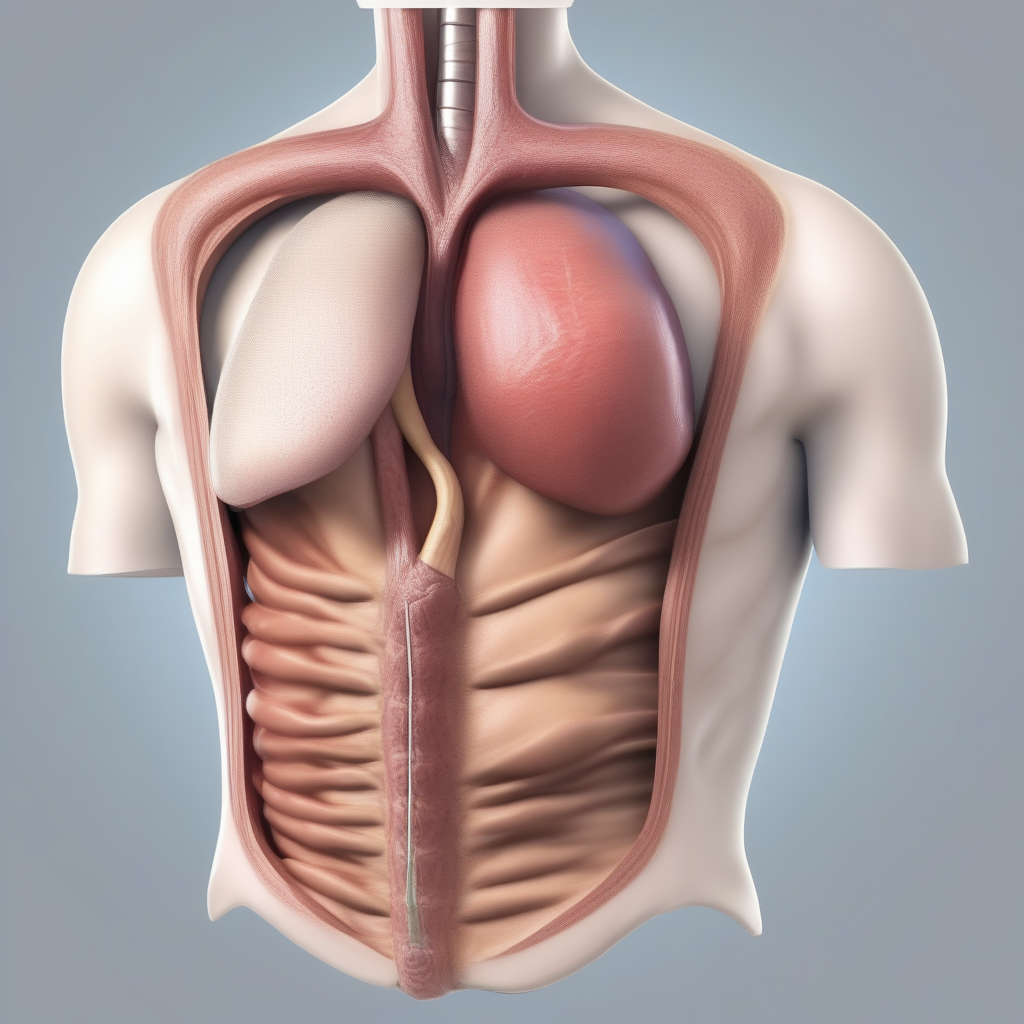A hernia is a medical condition that occurs when an organ or tissue pushes through a weak spot in the surrounding muscle or connective tissue. It can happen in various parts of the body, but the most common types are inguinal (groin), femoral, umbilical, and hiatal hernias. Hernias can cause discomfort and pain and may require surgical intervention to repair.
Inguinal hernias are the most common type and typically occur in men. They develop when a portion of the intestine protrudes through a weak area in the abdominal wall near the inguinal canal. This type of hernia often causes a bulge in the groin area, which may be accompanied by pain or discomfort. Inguinal hernias can be caused by factors such as heavy lifting, chronic coughing, obesity, and pregnancy.
Femoral hernias are less common than inguinal hernias but are still significant. They occur when a part of the intestine pushes through the femoral canal, which is located just below the inguinal ligament in the upper thigh. This type of hernia is more prevalent in women and can cause a visible bulge in the groin or inner thigh area. Similar to inguinal hernias, femoral hernias may require surgery for repair.
Umbilical hernias are commonly seen in newborns but can also affect adults. They occur when fat or a portion of the small intestine pushes through a weak spot near the belly button. While umbilical hernias in infants often close on their own by the age of 1 or 2, adult umbilical hernias may require surgical intervention. Symptoms of umbilical hernias include a bulge near the navel area and possible discomfort or pain.
Hiatal hernias, on the other hand, occur when a part of the stomach pushes up into the chest through the diaphragm. This type of hernia is more common in individuals over the age of
